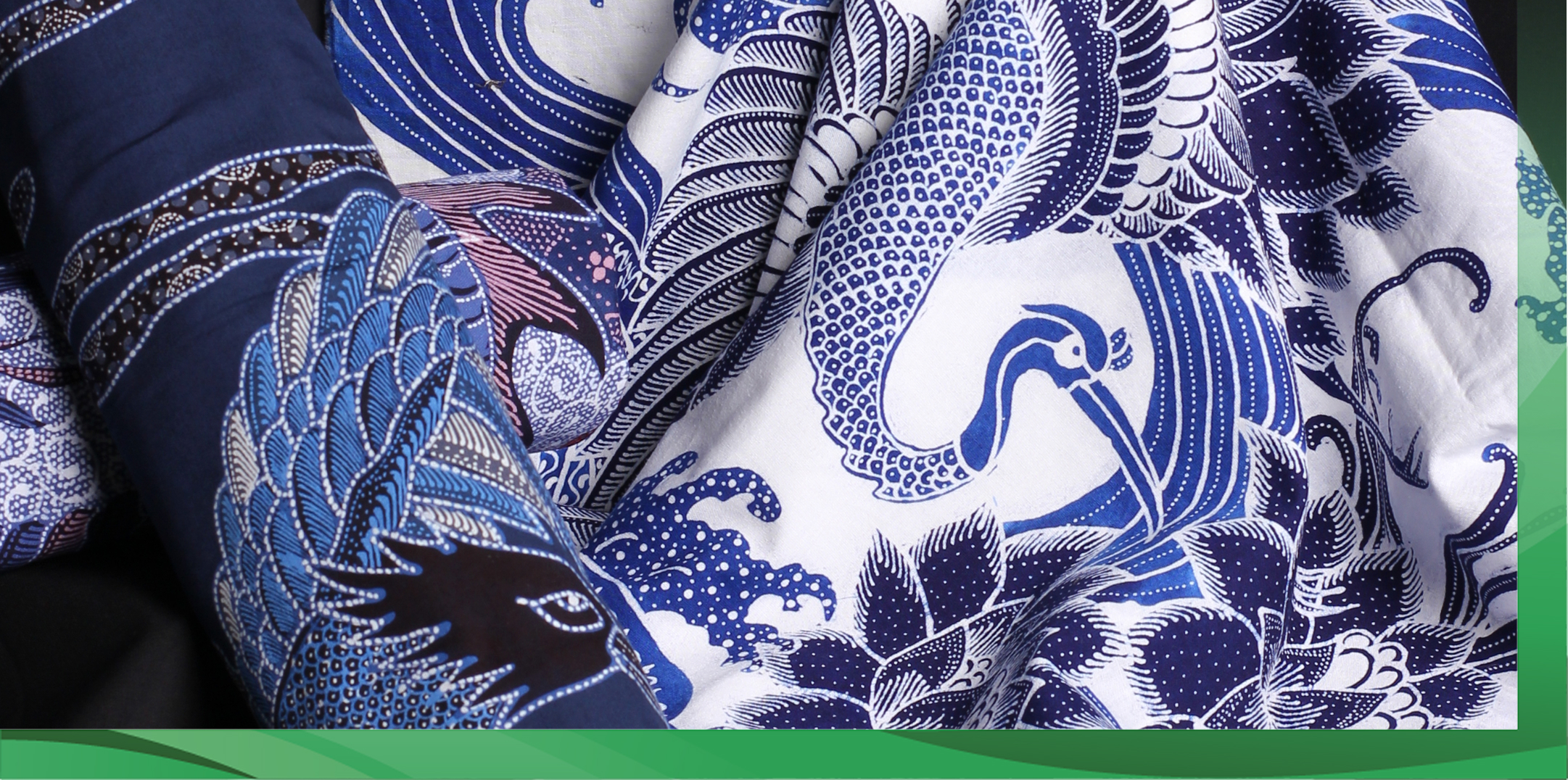ABSTRACT
The implementation of the Coretax System by the Indonesian government starting January 1, 2025, aims to simplify tax administration processes, improve taxpayer compliance, and optimize state revenue. One of the main features of this system is the digitalization of tax invoice creation and reporting, which can be done through the e-Tax Invoice menu or by importing XML data. However, the implementation of Coretax faces various technical challenges that may hinder business activities. To address these issues, the Directorate General of Taxes (DJP) provides solutions in the form of the e-Faktur Client Desktop and e-Faktur Host-to-Host. These measures are expected to enhance the efficiency of tax administration.
The Indonesian government officially implemented the Core Tax Administration System (Coretax) starting January 1, 2025. The Coretax information system is intended to simplify the tax administration process, improve taxpayer compliance, optimize state revenue, and provide taxpayers with the convenience of accessing various tax services in one application.
One of the tax services available in the Coretax application is the creation of Tax Invoices and Value Added Tax (VAT) reporting. Prior to the implementation of Coretax, Taxable Entrepreneurs could use the e-Faktur application to create Tax Invoices and report Periodic VAT Returns.
In the Coretax application there are 2 (two) ways to create a Tax Invoice, namely through:
- Filling out the Tax Invoice directly from the e-Tax Invoice menu, or
- Uploading the tax invoice using the “Import Data” function in .XML format.
The following are the steps to create a tax invoice in the Coretax application:
- Login to Coretax
- The Individual Taxpayer acting as the person in charge / employee / appointed power of attorney logs in to the Coretax DGT account.
- Select the Corporate Taxpayer account to perform impersonating.
- Access e-tax Invoice Menu
- On the main dashboard, select the “e-Tax Invoice” menu.
- Then, click on “Output Tax” to view the list of Output Tax Invoices that have been created.
- Create New Tax Invoice
- Click “Create Output Invoice” button to start creating new Tax Invoice.
- Fill in the required information, such as:
- Transaction Code, select the code that matches the transaction type.
- Invoice Date, specify the invoice creation date according to the transaction.
- Buyer Identity, enter the buyer’s NPWP or NIK. The system will automatically fill in the buyer’s data based on the information you enter.
- Add Transaction Detail
- Delivery Category, select the appropriate category.
- Delivery Type, specify the type of delivery of goods or services.
- Name of Goods/Services, fill in the name of the goods or services delivered.
- Unit, specify the unit of goods or services.
- Unit Price, enter the price per unit.
- Quantity, specify the quantity of goods or services delivered.
- Discount, enter the discount amount if applicable.
After all data is filled in, click “Save”.
- Save or Submit Tax Invoice
Click “Save Draft” if you want to save temporarily, or press “Submit” if you are sure to issue the Tax Invoice.
- Digital Signature
- Select the type of digital certificate type used.
- Enter the identity number and password of the Tax Invoice.
- Click “Save”, then select “Confirm Sign” to complete the digital signature process.
- Check the Output Tax Invoice
- Return to the list of Output Tax Invoice to confirm the invoice that has been created.
- Click the document icon to check the details of the completed Tax Invoice.
In practice, Coretax contains many problems that hamper the taxpayers’ business. This includes the issue of tax invoice issuance, which affects the billing and collection of receivables. The Indonesian Tax Authority (DGT) has issued a Written Statement No. KT-06/2025 on February 13, 2025, which provides information that the issuance of tax invoice can be done through 3 main channels, namely:
- Coretax DGT Application.
- e-Faktur Client Desktop Application, and
- Host-to-Host e-Faktur application through the Taxation Application Service Provider.
In accordance with the provisions in the Decree of the Director General of Taxes No. KEP-54/PJ/2025 dated February 12, 2025 concerning the Determination of Certain Taxable Entrepreneurs. Starting February 12, 2025, all Taxable Entrepreneurs can use the e-Faktur Client Desktop application to create Tax Invoice for the delivery of Taxable Goods and/or Taxable Services.
The issuance of Tax Invoice through the e-Faktur Client Desktop application can be done for all types of Tax Invoice, except:
- Tax invoice with transaction code 06 for the delivery of taxable goods to foreign tourists who declare and present foreign passports to Taxable Entrepreneurs retail stores participating in the VAT refund scheme to foreign tourists,
- Tax Invoice with transaction code 07 for the delivery of taxable goods and/or services that receive a VAT facility that is not collected or borne by the Government,
- Tax invoices issued by Taxable Entrepreneurs for VAT Purposes who make branches as a place of concentration of VAT payable,
- Tax invoices issued by entrepreneurs who are confirmed after January 1, 2025.
All Tax Invoice data issued through e-Faktur Client Desktop will be available in Coretax DGT no later than two days after the issuance of the Tax Invoice.
With the issuance of tax invoice through Coretax application and other channels, it is expected to facilitate taxable entrepreneurs in fulfilling their tax obligations to help increase state revenue through the taxation sector.
Professional registered tax consultants in Indonesia also support the government in Coretax socialization. There is no guarantee that using the services of a tax consultant in utilizing the Coretax information system will be definitely correct and smooth. However, with the expertise and experience of tax consultants, clients can avoid tax problems that should not need to occur.













